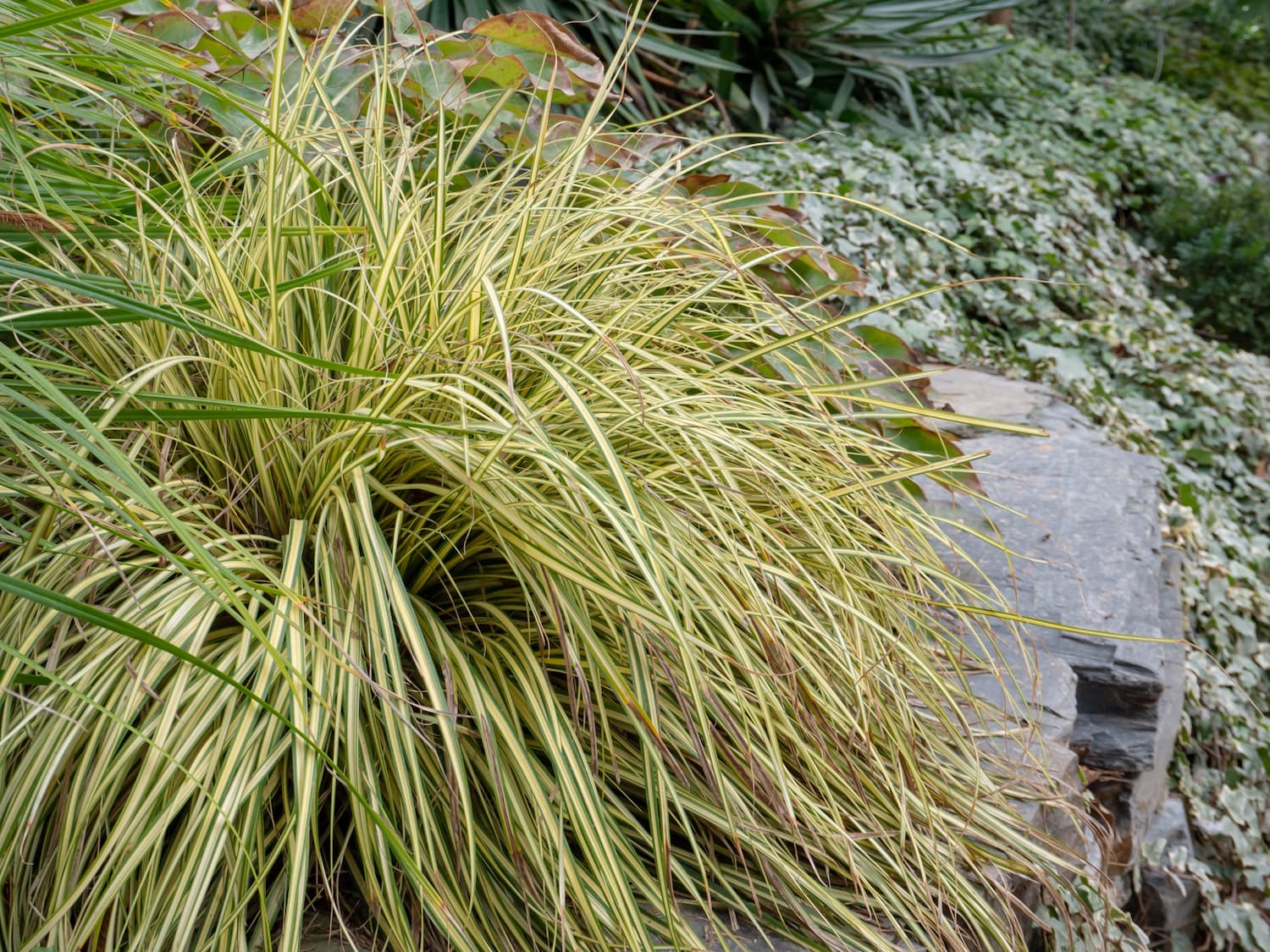Updated:February28,2024 Here at NHG, we know you love pretty blooms that are easy to plant,…
Spring Will Be Here Before You Know It! Get Your Garden Beds Ready.
January is the perfect month to amend existing garden beds and create new ones for a jump-start on spring. Once the warm weather returns, you'll be so happy your bed-building, cleaning and refreshing is already done.
We recommend:
Existing Beds: Apply 1” of compost and work into the soil with a sturdy garden fork or hand cultivator. When adding compost around existing shrubs, turn in the compost gently to be sure not to disturb roots.
Create New Garden Beds: Everyone loves fresh, new beds for perennials, annual color, shrubs, and herbs! Clear the area of debris, turf, and weeds (do not till! come into the store for great ideas to remove turf organically!) Install steel edging or pretty stones to prevent soil from eroding from the bed. Spread about 1-2” of expanded shale if you need to improve drainage, and 3-4” of compost onto the site, then till in to a depth of 6”, or hand cultivate. Once planted, topdress with 2" of hardwood or cedar mulch.
Create New Vegetable Beds: Raised beds provide the 12” depth necessary for all your favorites, from potatoes (Plant late January through February) to tomatoes (transplants arrive late-February, ready to plant!). Easy-to-assemble pre-fab raised bed kits are available here at NHG! Or, come see our Vegetable Demonstration Garden for great ideas on different styles of raised beds you can build yourself. Once you decide which raised bed you want, clear the area where it will be placed (do not till) and put down several layers of newspaper, topped with weed-block fabric. Fill the raised bed with a mixture of topsoil, cow manure, Humax Garden Soil Builder, and compost. How much of each will depend on the size of your beds. We are here 7-days a week to help you with those calculations. Using one of our pre-fab beds? We’ve already done the measurements and soil bag numbers here.
All new beds benefit from an application of Medina Soil Activator to stimulate microbial activity, reducing the amount of time it takes for the soil in your beds to loosen and break down for healthier, better draining soil. Microbes digest organic matter, releasing the nutrients for up-take by your plants. Remember, you must fertilize when planting in "new" soil, as nutrients in the soil may not yet be available to plants.
Top all beds with 2” of mulch to prevent weeds and increase moisture retention winter, spring, summer and fall. We like pine straw mulch for azaleas, hydrangeas and other acid-lovers; and shredded hardwood mulch for everything else.
We look forward to seeing what all of you will be planting this year. And don’t forget, with all the new water restrictions in Dallas, you’ll need to attend our programs on proper watering through summer and beyond. We are here to prove that with the right education and products so you’ll be able to beautifully maintain your landscape while dramatically reducing your water usage. See our Jan/Feb programs here.
This Post Has One Comment
Comments are closed.



Would be nice if we could start in January, unfortunately, here in Canada we usually have slow at it’s worst in January. Gardening doesn’t start for us until April.